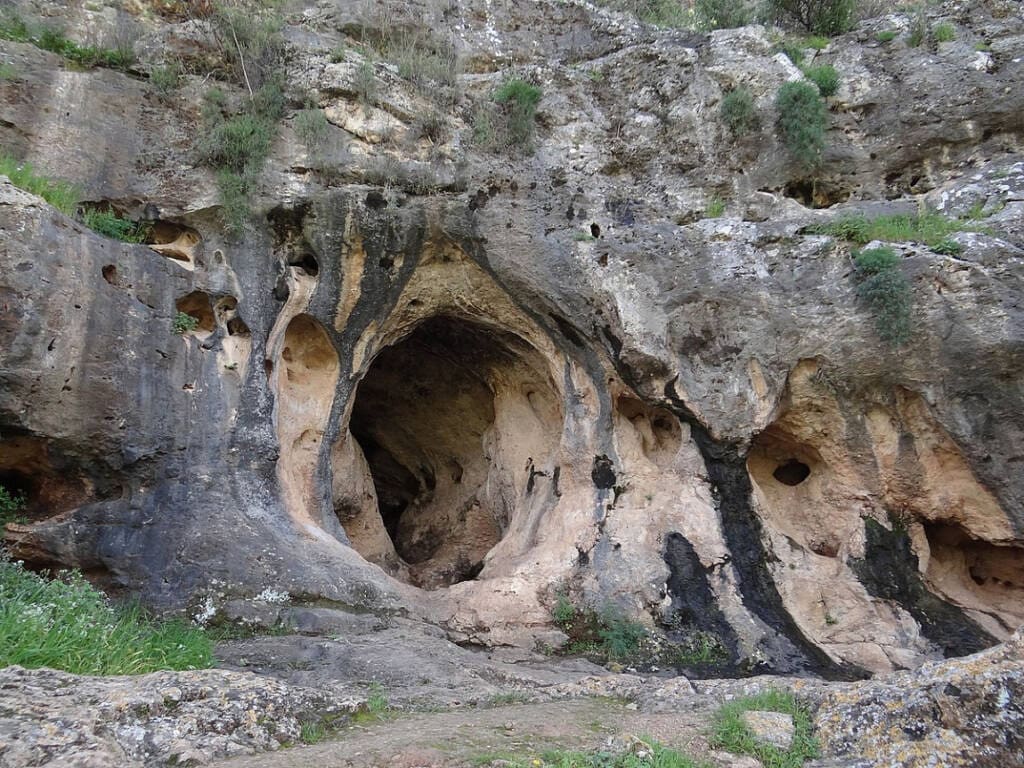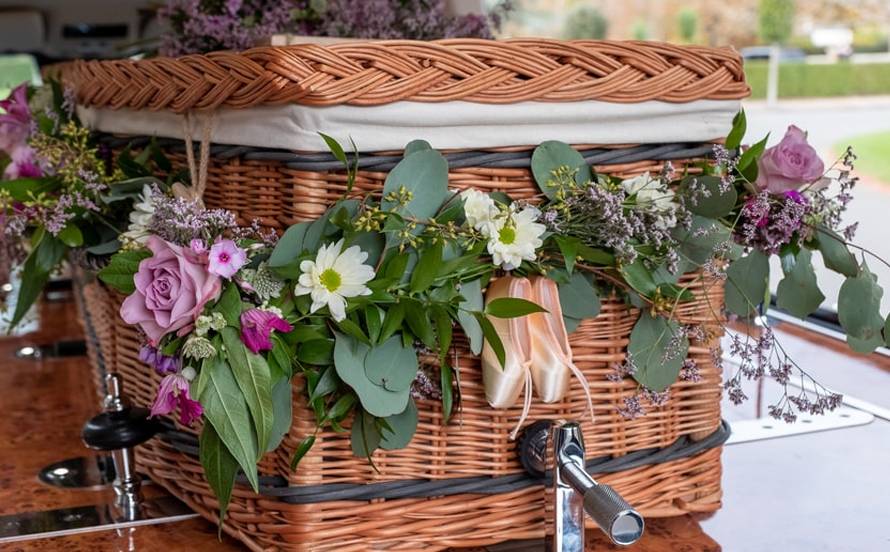“Each that we lose takes part of us;
A crescent still abides,
Which like the moon, some turbid night,
Is summoned by the tides.” – Emily Dickinson
Humans aren’t great at dealing with death. We all know it’s as sure as the sun will set, but until we are faced with the loss of a loved one, we tend to ignore its inevitability.
There are many psychological, biological and social reasons we avoid the subject of death and grief. The unknowable destiny of us all can be terrifying, the processes and funeral options complex and always coming at a time when our brains are overwhelmed.
Societally, many of us find the talk of death awkward. People’s experiences are often veiled in privacy and spoken only in soft whispers. No one seems to know what to say to the bereaved, or even why to say it. We know that nothing we could ever say is capable of taking away the pain, which often leaves those facing grief feeling lonely and isolated.
As death is as inevitable and natural as life itself, humans have created their own unique cultural rituals and processes to understand, cope and respond to it. Many of these ancient rituals are still being used to various degrees today.
Qafzeh in Israel, has one of the most ancient intentional burial sites dating back to around 10,000BC. Archeologists found people were buried in early coffins, with clothes, food, and trinkets. Huge feasts were prepared to celebrate the passing.

Ancient Greeks would wash and anoint the deceased in oils, wrap them in a shroud, place a coin under their tongue and lay them out for a day or two, while mourners paid their respects. Then, in the quiet half-light of dawn, a funeral procession would take the deceased to their final resting place. Rousing eulogies would be spoken by great orators, and relatives were encouraged to mourn in public.
The early celts favoured cremation, burying the ashes of their dead in urns. Songs would be sung, poems offered and a feast was had. Mourners would place a large stone at the site of burial to mark the site.
Europe in the Middle Ages had a far more open attitude towards death and grief. Expression of loss was considered cathartic and communally shared, not like today with the modern emphasis on controlling one’s emotions and keeping them private.
Even some animals experience grief and mourn their dead. Famously, African Elephants exhibit intense interest in the bodies of other elephants, especially those that are close to them. Groups will change direction to visit and often touch and sniff the deceased elephants. They’ve been observed to guard the body and rock back and forth, trumpeting.
We have long felt the power in grieving together like the elephants – sharing warmth, stories, tears and bittersweet laughter. There are multitudes of ways humans grieve, some people react outwards, some draw inwards, some do both, swinging from one heightened emotion to the next. There is no “right way” to be, as grief is a uniquely individual response to loss. Grief is not linear, it doesn’t follow the “rules” and there is never a clear definable end to it. Yet it doesn’t have to be an overwhelming and hopeless hidden experience. To achieve that will take a revolution in our western culture’s way of dealing with the distress of death. Expressive instead of repressed, songs instead of sadness and ultimately, communal instead of solitary grieving.
“Within the brain, every person we love leaves a tangible, structural imprint, encoded in synapses that can never be vanquished or replaced by new and different love. Because that bond — like every bond, like every idea, like the universe itself is there and always lives.” – Maria Popova –


